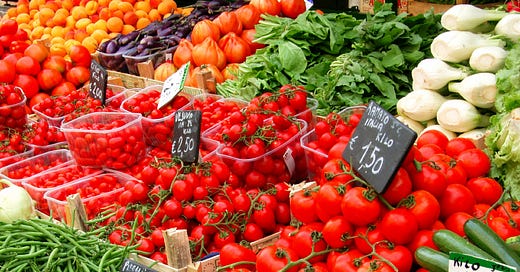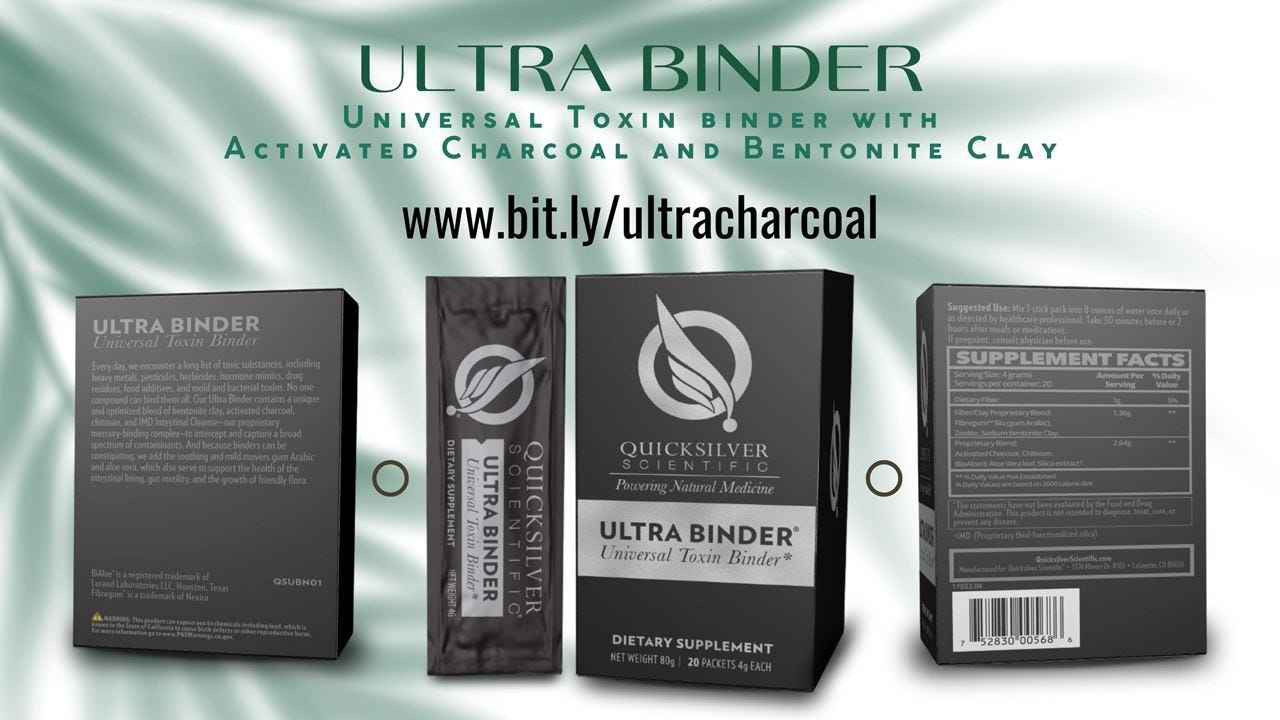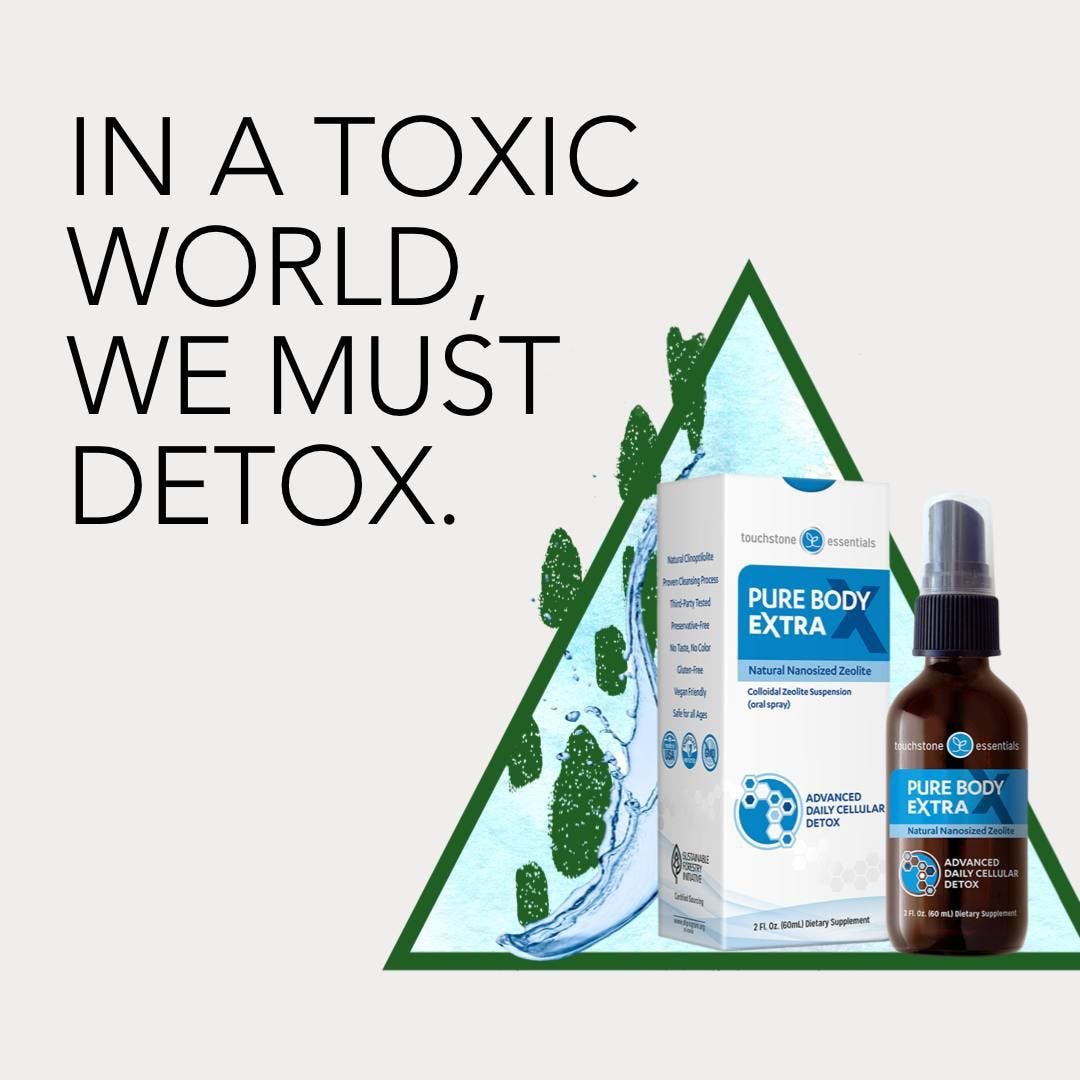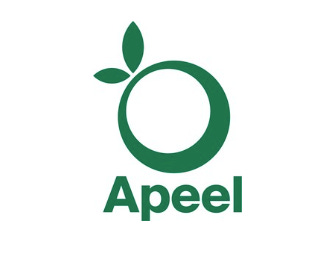The last few weeks, I wrote about eating bugs and insects. If you missed it, here is part 1 and here is part 2.
The Great Reset crowd is wanting us to eat bugs to eliminate eating meat. It’s really about global warming and ‘sustainability,’ in case you didn’t get the memo. Now, as if removing steaks and replacing our protein consumption with bugs and worms wasn’t bad enough, there’s a new, more subtle ‘next round’ of poisoning our food supply with a rather mysterious food additive: first called Edipeel, now called Apeel.
Edible coatings and films have been around for a long time, in fact, the first recorded food preservation process was in China in the 12th century, using wax. Edible coatings are defined as a thin and continuous layer of a substance applied directly on food products. The coatings are applied by dipping, brushing, or spraying. Edible films are substances manually placed around or between foods. Both act as protective barriers during processing, handling, and food storage. They can also delay the deterioration of food, improve or maintain its quality, and extend its shelf-life.
Many materials have been used as coating and film formulations, including carbohydrates, proteins [egg albumen, whey, gluten, gliadin, casein], starches, pectins, gelatin, collagen, fatty acids, and combinations of these. Some countries have been experimenting with herbal edible coatings. It is a new technique and the most common herbs/plant products being trialed are aloe vera gel, neem, lemon grass, rosemary, tulsi, and turmeric. Herbs have antimicrobial properties, antioxidants, and can have nutraceutical and healing properties.
Enter Edipeel aka Apeel
Apeel Technology Inc, dba Apeel Sciences, is a California-based company founded in 2012 by James Rogers, PhD. Apeel Sciences is the developer and manufacturer of Edipeel™, a plant-derived product designed to increase produce quality and prolong shelf life.
Edipeel is also called Apeel – which is very confusing because there is a cleaning product, manufactured in the UK, that has the same name.
The additive is classified as an emulsifier. It is made from a mixture of monoacylglycerides derived entirely from grape seeds. It contains no plastics or artificial preservatives and is entirely non-GMO.
The coating is described as a surface finishing agent, an ultra-thin and edible physical barrier that locks in moisture and blocks the oxidative effects of oxygen. It can be applied to fresh fruits, (such as berries, grapes, citrus, bananas, mangoes and avocados) and fresh vegetables (such as bulbs, stems, pods, flowers and flower buds, legumes, roots, and tubers).
It is used to double the lifespan of harvested fruits and vegetables—without refrigeration. Edipeel/Apeel is used without restriction on ALL fruits and vegetables in Canada, Chile, China, Colombia, Japan, Kenya, Mexico, Peru, and South Africa. It is allowed on certain types of produce in the European Union, Norway, Switzerland, and the United Kingdom.
avocado picture – from: https://www.wired.com/story/apeel/
Well, that seems benign. How is it made?
Apeel is composed entirely of a mixture of food grade glycerolipids derived from grape seeds.
This may even sound healthy but when you look up “grapeseed oil” you will find it is composed of polyunsaturated fats (PUFAs), especially Omega-6 and Omega-9. Large amounts of Omega-6’s without corresponding increases in Omega-3 fatty acids leads to increased inflammation, hormonal imbalances, thyroid disorders, and obesity.
Will this be another subtle result of this silent assault on our food? The WEF folks are already poisoning our beef, chicken and pork with mRNA vaccines.
Now it appears they are subtly, but massively, turning our fruits and vegetables into deadly bioweapons. Instead of being the medicine to heal your body, will fresh produce be corrupted into increasing the risk of heart disease, heart attack and stroke?
Exploring E471
Monoacylglyceride (same as monoglyceride) and diacylglycerol (same as diglycerol) are emulsifiers also known as MAG, DAG, and as the food additive E471. The intended use of an emulsifier is to keep things together that normally do not mix. Most simply, an emulsifier allows the mixing of water/water-soluble agents with fats/fat-soluble agents.
E471 has other uses too. It can act as a thickening agent, an anti-caking agent, a preservative, and an humectant. It can also increase the shelf life of various foods. In most sweet foods, such as jam, jelly, muffins, ice cream, and baby food (yes, baby food..!), E471 is used to prevent the crystallization of sugar.
The E471 additive can be made from either plant or animal sources. Animal fats, including lard, pig, or beef are used. If the compound is created by an animal or plant source, the difference cannot be determined by texture or taste. Vegans and vegetarians may need to read the labels and contact the company that makes the product to find out the source. E471 is also sometimes made from soy, which can be detrimental to those with soy intolerances.
Interestingly, the EU has limited the use of Apeel, in ingredient family E471. It can be used on avocados, citrus fruits, pineapples, papayas, bananas, mangos, pomegranates, and melons. However, the European Commission has started to re-evaluate the use of E471 as a food additive; changes in the guidelines will open the door to the use of Apeel in all types of produce.
GLOBAL APPROVAL – reference: https://www.apeel.com/regulatory
According to a 2017 article in the Journal of Experimental Food Chemistry (Rarokar, Vol 3, Issue 3), the emulsifiers monoglycerides and diglycerides are consumed at an annual level of 85,000,000 kg in the United States, corresponding roughly to 70% of the total emulsifiers used in the food industry. They’re everywhere! You can find monoglycerides and diglycerides (E471) in nearly all processed and packaged foods. They are found in breads, margarine, frozen dinners, candy and even soft drinks.
As an emulsifier, this massive amount of MAG may be playing a role in intestinal inflammation. Some scientists are calling for further studies to examine the impact of MDGs in the food supply. Now, we’re adding an additional level of exposure to E471 by applying Apeel to our fresh food supply, which is going forward without any research into long term impact this will have on gut and overall health.
Sound familiar...?
How much is safe to eat?
On their GRAS application, Apeel Sciences concludes:
“On the basis of both scientific procedures corroborated by history of exposure from natural dietary sources and approved uses, Apeel Sciences considers the consumption of a mixture of monoacylglycerides derived from grape seed as an added food ingredient to be safe at a daily consumption of up to 218 mg/day.”
On page 19 of this GRAS safety application, the authors go through several calculations to assess what the daily intake of Apeel would be for a ‘high-end’ consumer who eats large amounts of CERTAIN fruits and vegetables. Using interesting math, they conclude that the ‘total estimated daily intake’ would be right at the safe daily consumption of the food additive.
How convenient.
What isn’t discussed, or even estimated, is how one would monitor the amount of Apeel they consume every day. If you are a large consumer fruits and vegetables, how would you know if you were consuming a toxic amount of the Mystery Chemical or its ingredients?
As with so many chemicals, small amounts may not be an issue.
But where is the tipping-point for consuming large quantities of this chemical in combination with other emulsifiers in processed foods?
What about long-term consumption?
Will the person develop metabolic/inflammatory conditions?
What about gut dysbiosis?
What happens to food-composting processes?
There has been concerns about the role emulsifiers may play on the development of Crohn’s disease and obesity. This article, from the Nutrition Bulletin, is an extensive review of the use of food additives and emulsifiers. There are many good charts and tables here for your review.
Another article, from 2019, points out how little is really known about the effect of dietary emulsifiers on intestinal, cardiovascular and metabolic health. The article is incriminatory but allow a hedge:
There are multiple mechanisms by which emulsifiers and thickeners modulate the biology of the gut microbiota and physiological processes of the human and experimental models in which they induce disease. However, differentiation between pharmacological and physiological effects, and uncertainties of translating phenomena in experimental animals to humans raise uncertainties about the relevance of such effects.
Since Apeel cannot be washed or scrubbed off, another important and unanswered question is whether this coating can penetrate the peel:
Can the toxic risks be eliminated by peeling the produce, or is the flesh of the fruit or the vegetable contaminated with Apeel residue?
It’s not just that the science isn’t clear, it doesn’t yet exist. No one is testing the edible pulp ... or at least no one is talking.
Hmm...
How does this stuff get into our food?
In 1958, the FDA approved the Food Additives Amendment intended to allow without further study the use of common chemicals and preservatives during food processing, such as sugar, vinegar, and baking soda. These ingredients were given the designation, GRAS - Generally Recommended As Safe.
However, the GRAS label has been broadly expanded and widely abused by those who routinely contaminate our food. Since the 1970s, the chemical industry has exploited a GRAS designation loophole, creating its own definition of “safe for consumption.”
The FDA has rubber-stamped nearly 99% of applications for preservatives, emulsifiers, and food additives. A long list of chemicals has been added that are intended to ward off decay (preservatives) or to enhance the color, flavor, or texture of a manufactured food produce - with little or no testing or assessment.
Approximately 450 items routinely added to our food are on the GRAS list. Additionally, the FDA has approved approximately 3,000 food additives as GRAS. Once items are on the list, there are no regulatory mechanisms for the ongoing monitoring of their safety.
Today, more than 10,000 chemicals are allowed in food sold in the U.S. Some additives and preservatives are added directly; others are allowed to contaminate food through the processing and packaging. This site has a long list of ingredient categories and some symptoms they may cause.
Who is James Rogers, PhD?
James Rogers, PhD is a materials researcher by profession and worked with steel and plastics to develop solar cells. He personally holds 15 patents in various industries and is listed as a co-inventor on many more products and processes. His company, Apeel Sciences, has filed a total of 178 patents globally within 30 unique patent families. Out of the 178 patents, 158 patents are active.
Living in Santa Barbara, he drove by abundant farmland every day going to and from work. While listening to a podcast about world hunger, it occurred to him that wide distribution of food was a problem due to its perishability.
Rogers started researching how water loss and oxidation spoil produce, and it reminded him of how the steel industry uses coatings to prevent metal from rusting. He thought he could come up with a similar solution to coat produce and prevent fruits and vegetables from spoiling so quickly.
In 2012, Rogers founded Apeel Technologies with a $100,000 grant from the Bill & Melinda Gates Foundation. The company had since raised more than $719M from an interesting list of groups and persons including the Rockefeller Foundation; the World Bank Group; Anne Wojcicki, co-founder and CEO of 23andMe; and Susan Wojcicki, former CEO of YouTube. By May 2021, Apeel Sciences was valued at $1.1 billion and had more than 500 employees with a massive and growing global distribution network.
In 2020, Rogers became a Young Global Leader as part of the World Economic Forum. Among the articles he has written for the WEF is one in which he hailed COVID lockdowns as a model for future action on climate change.
Apeel is made from vegetable waste that are by-products of farming that are generally thrown away, such as grape pressings, orange peels, tomato skins, and watermelon rinds, leaves or stems. In 2018, Rogers stated his company would transition to using synthetic biology rather than extracting its ingredients from real food.
The Apeel formula differs for each variety of fruit or vegetable; I wasn’t able to find a ingredient list for any of the individual products (below) so I have no idea how they “vary.” The website also says this: It is intended for custom application and requires special mixing and use procedures.
After reviewing the list of global partners and board members, it becomes quite clear there is more to this product and company then trying to solve “global hunger.”
What to do?
Cleaning Your Produce
A solution I have used for years is soaking all my fresh produce in a big tub of water that contains a tiny pinch of potassium permanganate. It has the ability to oxidize chemicals, so acts as a cleanser. It also can oxidize (kill) microorganisms, so it is an antiseptic that disinfects the produce.
Potassium permanganate is a small, dark purple crystal. You can purchase it online in various amounts, but only a tiny amount is needed for the produce cleaning. I have a very small jar that I purchased at a Middle Eastern market about 3 years ago - and still have plenty left!
Recipe:
Place a tiny pinch of the crystals into a large basin of water. Use just enough to turn the water light to medium pink.
Put all the produce into the basin and let it soak for about 10-15 minutes - about the length of time it takes to put the rest of the groceries away. You can reuse the same water more than once if you have a large amount of produce to clean.
Next, rinse all produce and lightly dry them.
Put each grouping back into the green or yellow bags they came home in from the grocery store.
This process slows down the ripening process and makes it possible to extend the refrigerator life of your fresh produce for up to four weeks, sometimes longer for items such as carrots, cabbage, brussel sprouts, and beets. With the cost of food these days, extending the shelf life is a bonus.
I don’t know if this would remove Apeel, but it would be worth the try if it gets to the place where this Mystery Compound is sprayed onto ALL our food.
I know that many of you probably have other solutions - such as using vinegar, CDS, etc. Join the conversation and tell us your solutions!
Final words
At the end of the day, Apeel is rolling out, whether we like it or not. In fact, it already is almost everywhere. Here’s a list of groceries and commercial partners already in existence - and growing more every day.
This product will undoubtedly extend the life of fruit and vegetables, but at what overall cost to people’s health?













Yes! I’ve been told by quite a few folks they are printing my two substacks on eating bugs and insects and this one on Apeel and are handing them out everywhere, including local grocery store managers. Do it!!
Leave our food alone!!